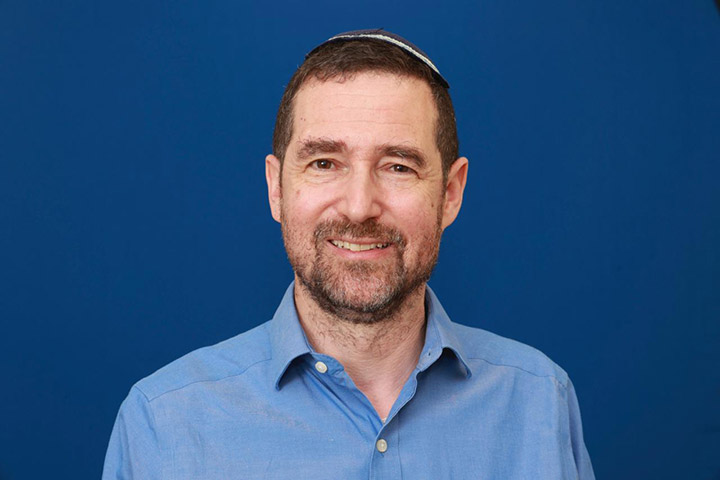High-Dose Focused Radiation after Surgical Removal of Pancreatic Tumors

NCI Center for Cancer Research Guy Jones Matthew Dreher Brad Wood
After a pancreatic tumor is taken out, some cancer cells may remain close to the edges of what is left. Can radiation soon after surgery improve the success of subsequent treatments for pancreatic cancer patients?
A clinical trial examines whether focused, high-intensity radiation allows patients to begin chemotherapy sooner. The researchers are also looking to see if the radiation leads to increased survival times for these patients.
What are Tumor Margins?
When surgeons remove a tumor, they take out a certain amount of surrounding tissue. This is done to try and ensure that all of the cancer is removed. After the surgery, the pathologist looks at the tumor and surrounding tissue, and examines the edges. This is done so that oncologists know if any cancer cells remain. If there are cancer cells that are near the edge it is called a “close margin;” if the cells go right to the edge it is called a “positive margin;” no cancer cells in the extra tissue is called a “negative margin.”
The Advantages of Stereotactic Body Radiation Therapy
Stereotactic body radiation therapy, known as SBRT, uses multiple beams of high-dose radiation focused on a specified location in the body. The technique enables the radiation oncologist to kill cancer cells and limit the exposure of healthy tissue to radiation. The precise location for the radiation beams is determined using 4-D imaging to map the area that will receive treatment. Metal markers are then implanted to outline the boundaries of that area.
In this trial participants with close or positive margins will receive SBRT on the tissue that remains at the edge of area where the tumor was removed from. Very few treatments are required because the radiation is highly focused. SBRT causes fewer side effects because of the short duration of treatment and the limited area treated.
This study is only for patients who have had their tumors surgically removed and have not received any other treatment prior to surgery. All participants will receive SBRT. After the radiation treatment has ended, the participant’s oncologist will determine the next treatment step.
We encourage you to consult your physicians for clinical trials that may be right for you. The website ClinicalTrials.gov provides more details about this trial as well as many others. You can visit the Let’s Win Trial Finder for a listing of all active pancreatic cancer clinical trials.
This trial is now complete. Read other stories in the topic Radiation to learn more about radiation research.






